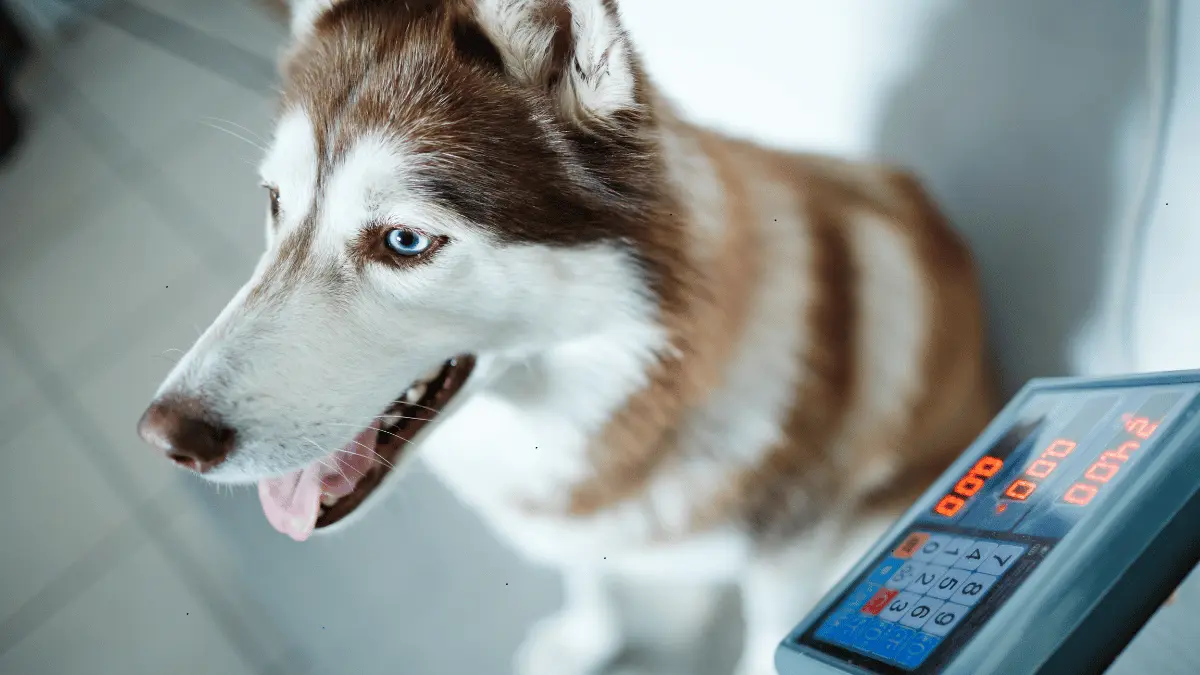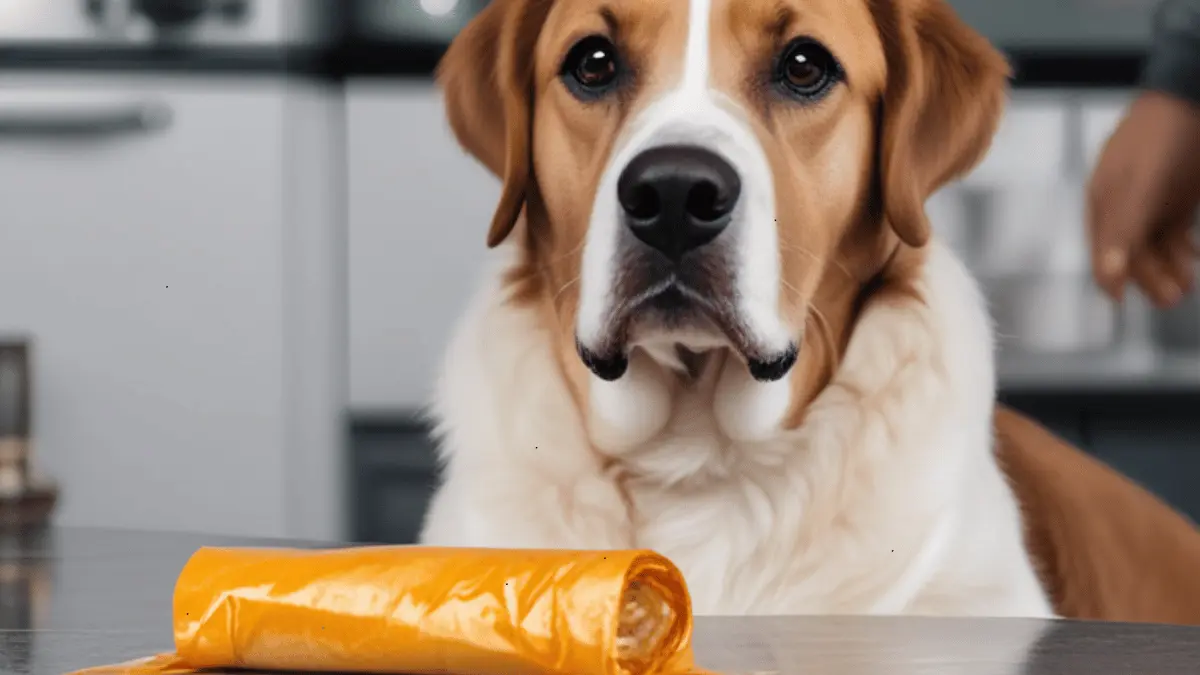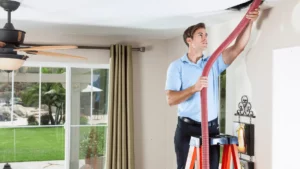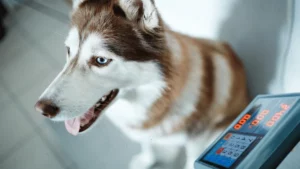A Trainer’s Guide to Destructive Dogs
Dealing with a destructive dog can be frustrating and overwhelming for pet owners. However, with the right understanding and approach, it’s possible to curb destructive behaviors and create a harmonious home environment. This guide will provide valuable insights for trainers and pet owners alike, exploring the root causes of destructive behavior, effective training strategies, and essential considerations for a successful outcome.
Understanding the Root Causes of Destructive Behavior
Destructive behavior in dogs is often a symptom of underlying issues. Identifying the root causes is crucial for developing an effective intervention plan. Some common factors include:
- Boredom and Lack of Mental Stimulation: Dogs are intelligent creatures that require mental stimulation to stay engaged. Without sufficient mental exercise, they may resort to destructive behaviors to alleviate boredom.
- Anxiety and Stress: Dogs can experience anxiety or stress due to various reasons, such as separation anxiety, fear of noises, or changes in their environment. These emotional states can manifest as destructive behaviors.
- Lack of Proper Socialization: Dogs that have not been adequately socialized may exhibit fear-based aggression or anxiety, leading to destructive behaviors.
- Medical Issues: Underlying health problems can contribute to destructive behavior. Conditions such as arthritis, cognitive dysfunction syndrome, or allergies can cause discomfort or pain, leading to frustration and behavioral changes.
Effective Training Strategies for Destructive Dogs
- Positive Reinforcement: Employ positive reinforcement techniques to reward desired behaviors and build a strong bond with your dog. Avoid punishment, as it can lead to fear and anxiety.
- Environmental Enrichment: Provide your dog with plenty of mental and physical stimulation. This can include interactive toys, puzzle feeders, training sessions, and regular walks.
- Behavior Modification Techniques: Consider behavior modification techniques, such as counter-conditioning and desensitization, to address underlying anxieties or fears.
- Professional Guidance: If you’re struggling to manage your dog’s destructive behavior, consult with a qualified dog trainer or behaviorist. They can provide tailored advice and support.
- Veterinary Consultation: Rule out any underlying medical issues that may be contributing to your dog’s behavior by scheduling a veterinary examination.
Additional Considerations
- Consistency: Consistency is key in training a destructive dog. Ensure everyone in the household is following the same rules and expectations.
- Patience: Behavioral changes take time. Be patient and consistent with your training efforts.
- Environment: Create a safe and secure environment for your dog, especially if they suffer from anxiety or fear.
- Regular Exercise: Adequate exercise is essential for a dog’s physical and mental well-being. Ensure your dog gets sufficient daily exercise.
Destructive behavior in dogs can be a challenging issue to address, but with the right understanding and strategies, it’s possible to overcome these challenges. By identifying the underlying causes, employing positive reinforcement techniques, and seeking professional guidance when needed, you can help your dog develop healthy behaviors and create a harmonious home environment.
Keywords: destructive dog behavior, dog training, positive reinforcement, anxiety, stress, boredom, socialization, medical issues, behavior modification, environmental enrichment, professional guidance, veterinary consultation.














